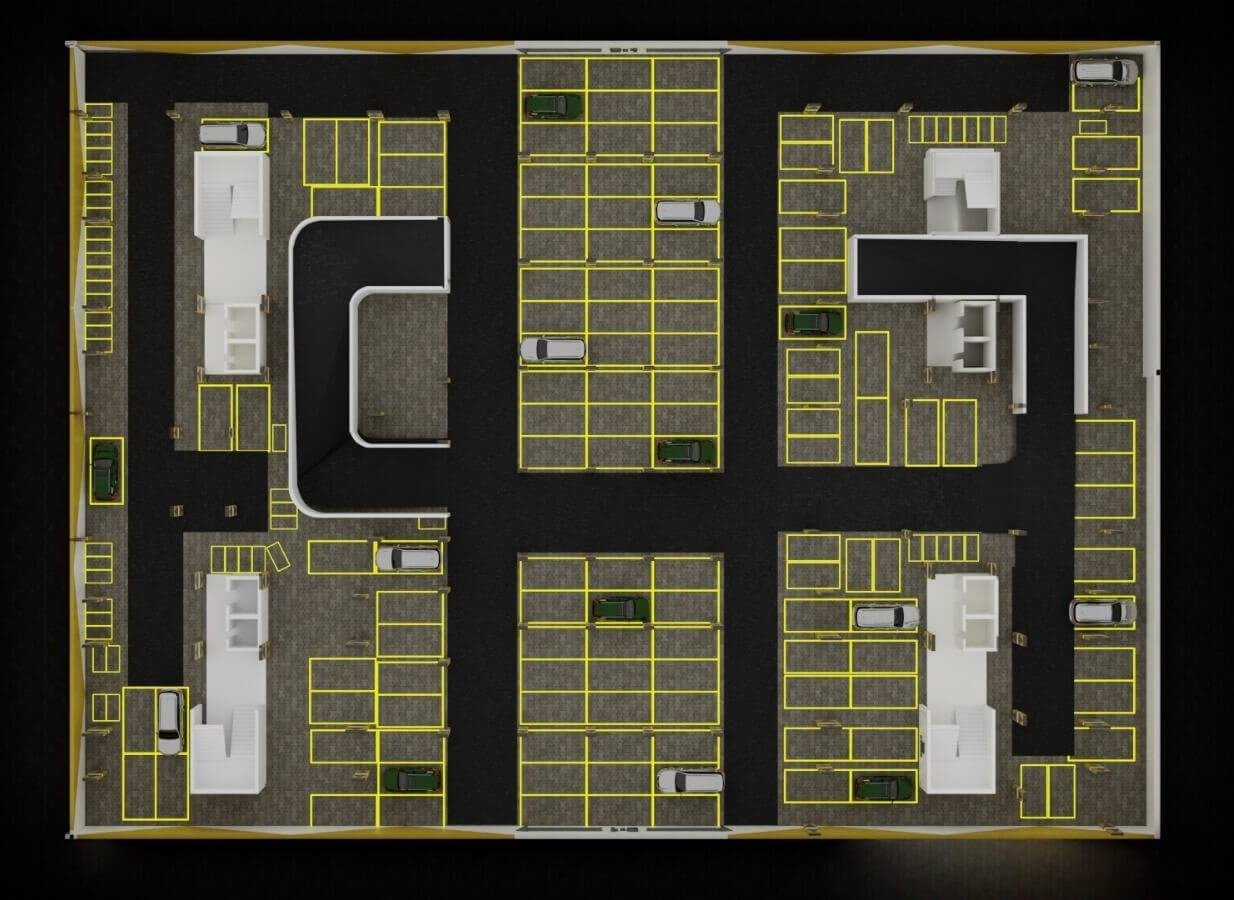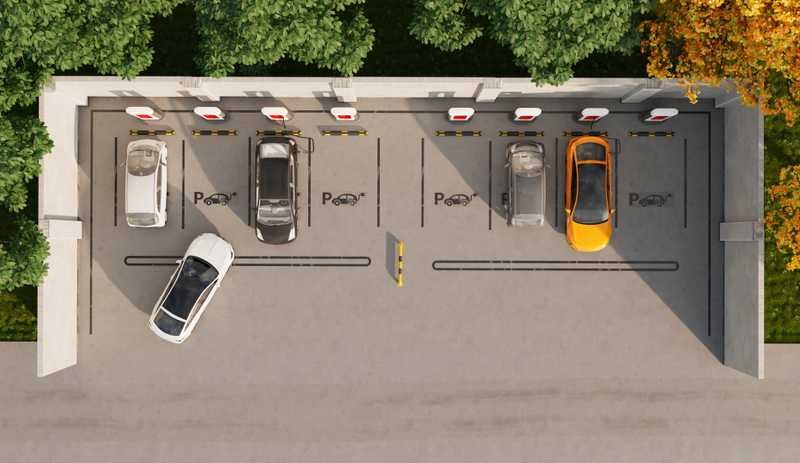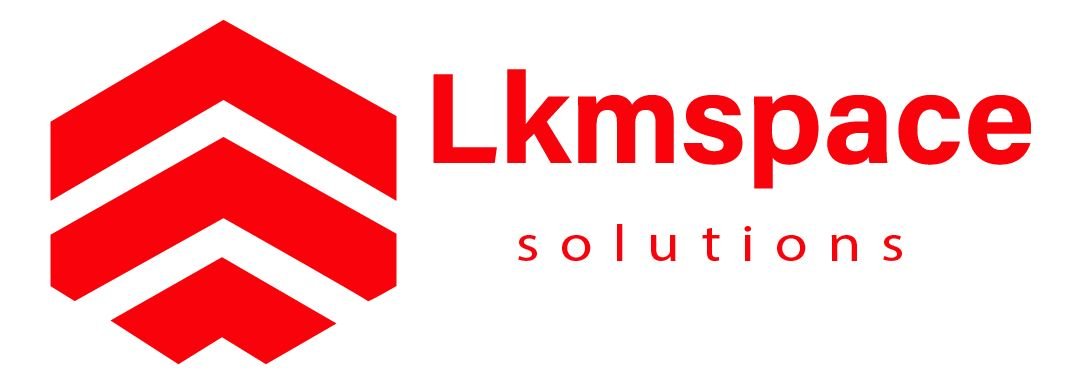Effective marketing planning and design for parking solutions are essential in maximizing space usage, increasing revenue, and ensuring smooth operations.
The modern parking experience goes beyond just providing a place to park—it’s about creating an efficient, user-friendly environment that meets the growing demand for organized parking. Whether for commercial, residential, or public spaces, thoughtful design and strategic marketing ensure that parking facilities are optimized to meet the needs of their users while also delivering financial benefits.


Parking planning and design play a crucial role in the success of both urban and suburban developments, as well as in creating a positive user experience. A well-designed parking system enhances convenience, ensures safety, and contributes to the overall aesthetic of a space.
Key Considerations for Parking Planning & Design
- Understanding the Demand
- Parking Layout Design
- Sustainability and Green Design
- Space Optimization
- Technological Integration
- Regulatory Compliance
- Lighting and Security
- Cost Considerations

Before beginning the design process, it’s critical to assess and understand the needs of the facility’s users. This step helps guide the planning and ensures that the parking layout is both functional and user-friendly.
Types of Vehicles
Types of Vehicles
Parking designs should accommodate various vehicle types, such as compact cars, larger SUVs, electric vehicles (EVs), and motorcycles. Specialized spaces for EV charging stations or oversized vehicles can improve accessibility and attract a wider range of users.
Peak Usage Times
Peak Usage Times
nalyzing data on peak hours helps design solutions that manage traffic flow efficiently and avoid congestion during busy periods. For example, planning wider lanes or optimizing entry/exit points can enhance circulation and reduce bottlenecks.
User Experience
User Experience
A smooth and stress-free parking experience is key to customer satisfaction. Design elements like clear signage, easy-to-navigate layouts, and intuitive entry/exit points enhance user experience, reduce time spent looking for a spot, and improve overall satisfaction.
By leveraging advanced technologies and strategic planning, parking solutions can be optimized for efficiency, space usage, and increased revenue.
Efficient Space Usage
Efficient Space Usage
Innovative layout designs maximize space, ensuring that every square foot is utilized effectively. For example, angled parking or automated systems that park cars in closer proximity can increase capacity without sacrificing safety or accessibility.
Digital Payment Integration
Digital Payment Integration
With the rise of digital payments, integrating cashless options into parking facilities not only simplifies the transaction process for users but also boosts revenue by reducing friction and increasing payment compliance. Mobile apps, QR codes, or contactless payment systems streamline the experience and encourage repeat usage.
Dynamic Pricing Models
Dynamic Pricing Models
Implementing flexible pricing models based on peak hours, demand, and space availability helps optimize revenue. Pricing can be adjusted to encourage usage during off-peak hours, and premium pricing can be introduced during high-demand periods to capture more value from busy times.
Sustainable Design and Green Solutions
As sustainability becomes a top priority for both businesses and consumers, integrating eco-friendly solutions into parking design is a growing trend.
Key Sustainable Strategies:
- Solar-Powered Lighting: Installing solar panels for lighting reduces energy consumption and helps facilities operate more sustainably, especially in outdoor or open-air parking areas.
- Rainwater Harvesting Systems: Capturing rainwater for use in landscaping or washing vehicles can help reduce water usage and contribute to sustainable practices.
- Permeable Pavement: Using permeable materials for parking lot surfaces allows water to drain through the ground, reducing stormwater runoff and improving environmental sustainability.
- EV Charging Stations: With the increasing adoption of electric vehicles, installing EV charging stations within parking facilities encourages environmentally-conscious customers and future-proofs the design.
